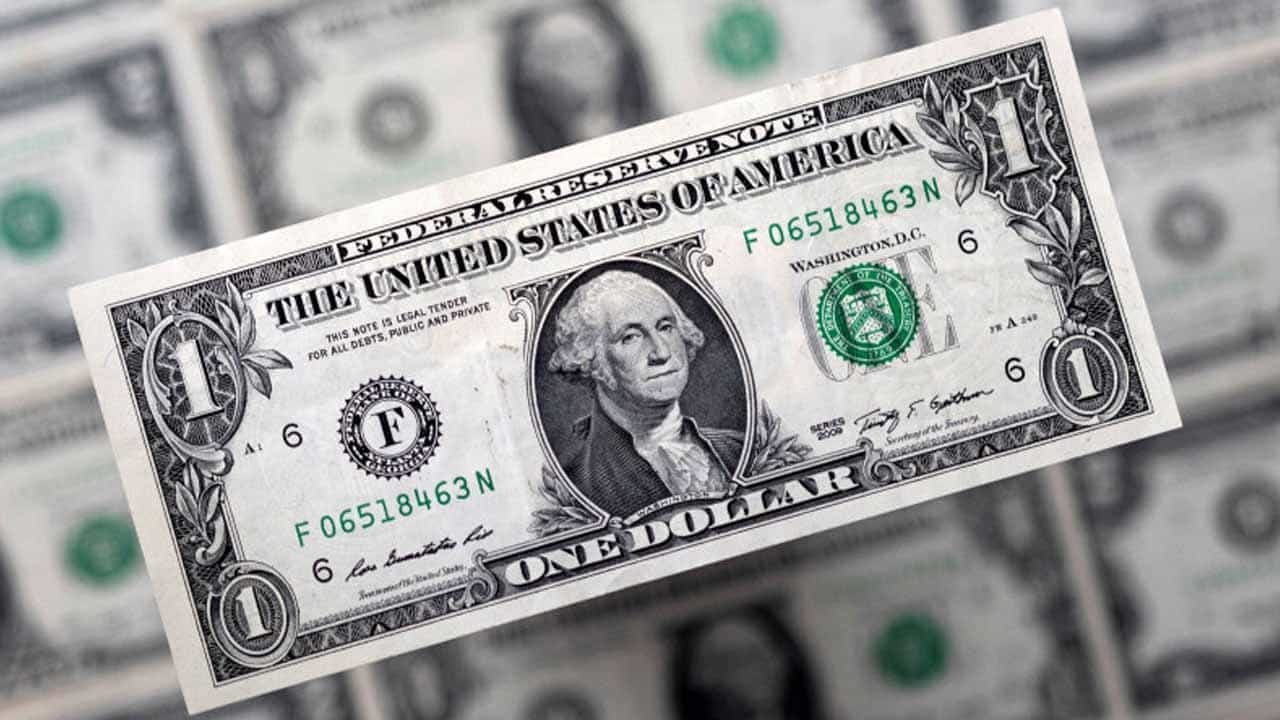The Pakistani rupee depreciated by about 0.2% against the US dollar during the first hours of trade in the interbank market on Monday.
At 11:45 a.m., the rupee was trading at 286.40, or Re0.58 weaker.
The Pakistani rupee fell moderately by 0.26% in the previous week, finishing at 285.82 against the US dollar on Friday, but its spread with the open market widened significantly as traders assigned a higher premium to the greenback.
The currency is likely to stay under pressure as a result of the ongoing delay in achieving a staff-level agreement with the International Monetary Fund (IMF), political uncertainty, and increased noise over Pakistan’s perceived default risk. Furthermore, growing demand ahead of Hajj will put pressure on the local currency.
In a significant development, the administration emphasised on Saturday that media reports claiming that the delay in signing the IMF deal is due to the lender requiring assurances from the Ministry of Finance that the funds will not be used for political objectives are “false and unfounded.”
Separately, Finance Minister Ishaq Dar directed commercial banks to assist export-oriented sectors in opening Letters of Credit (LCs) for raw materials, machinery, spare parts, and other items to restore the industry’s supply line, according to informed sources.
Globally, the US dollar fell against the yen and euro on Monday, following an unexpected breakdown in US debt ceiling discussions and Federal Reserve chair Jerome Powell’s indication of a preference for gradual rate hikes.
The dollar index, which compares the US currency to six major counterparts, fell 0.04% to 103.00 after reaching 103.63 for the first time since March 20 last week.
Oil prices, an essential indicator of currency parity, fell on Monday as uncertainty around the US debt ceiling discussions and concerns about Chinese demand recovery offset support from lower supplies from Canada and OPEC+ suppliers.












